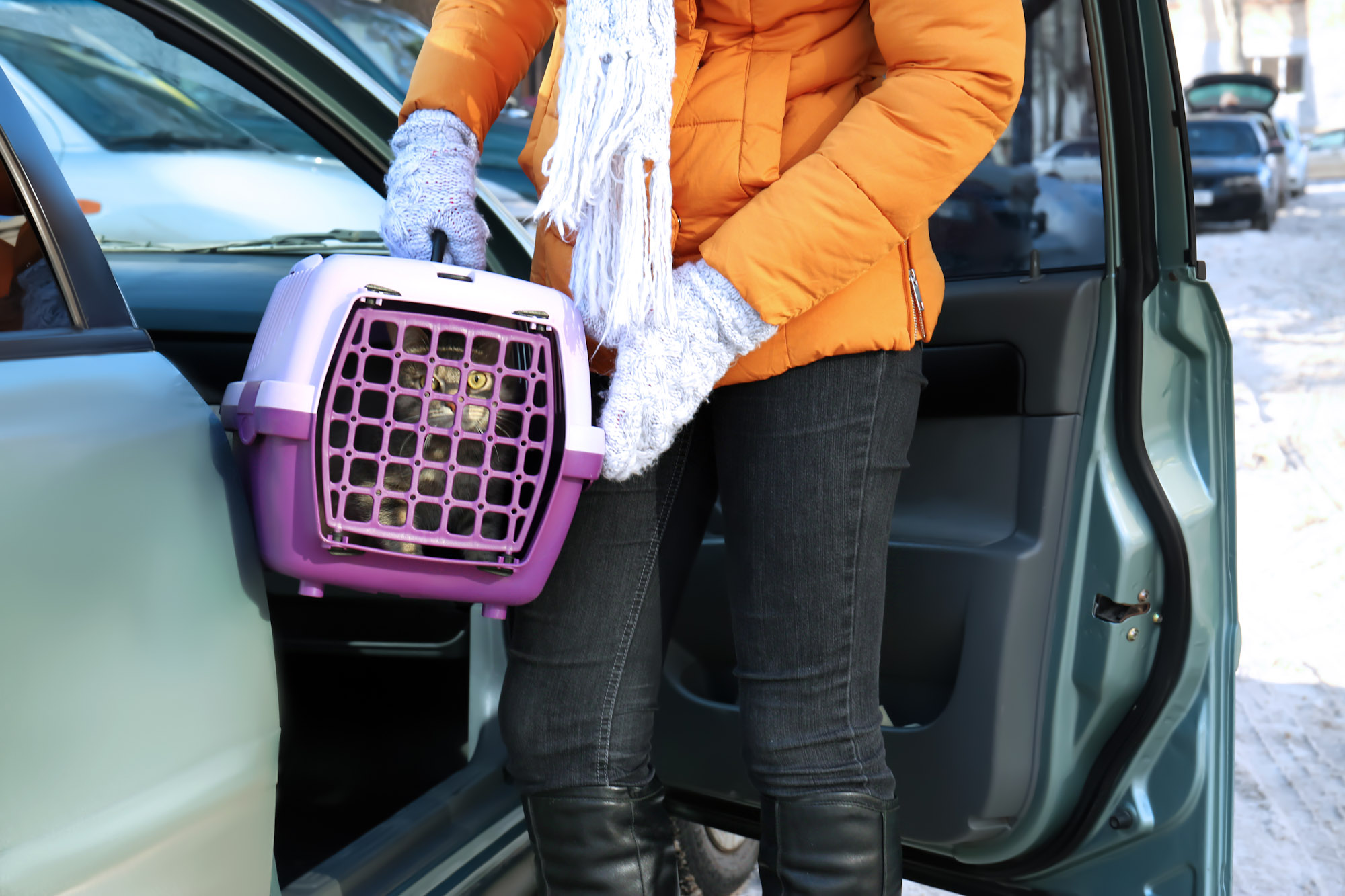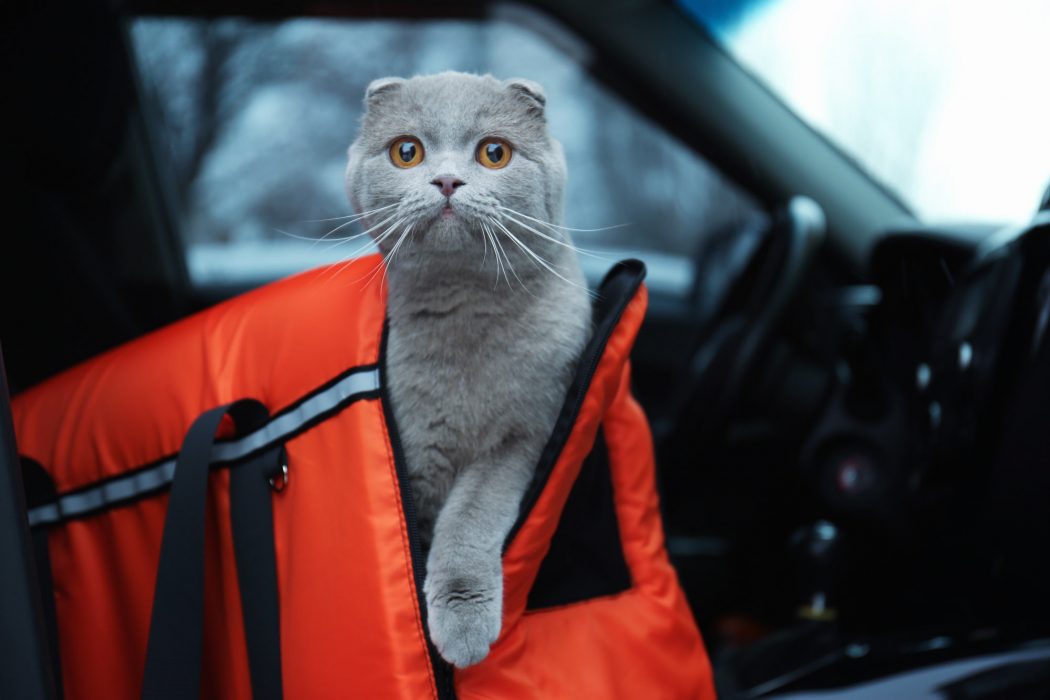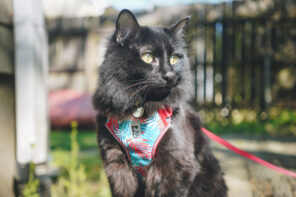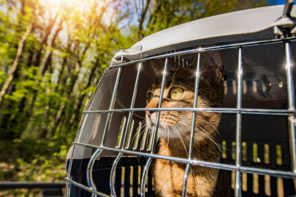If you’re planning to hit the road with kitty in tow — whether it’s for a trip to the vet or a visit to the local park — it’s best to be “purrpared” in case your feline friend experiences motion sickness.
Motion sickness, or car sickness, can occur when the constant movement of a vehicle interrupts a cat’s sense of balance. It affects cats regardless of breed, and it’s particularly likely to affect kitties who aren’t used to traveling. Aside from the constant motion of a vehicle, it’s also possible that the noise of the car’s engine can disturb a feline and cause distress.
Car sickness isn’t fatal, but it can cause fear, discomfort and anxiety in cats, and it can also lead to other health problems like dehydration.
Signs and symptoms of car sickness
Cats may vocalize throughout a trip when they are experiencing motion sickness, and they may drool excessively. On extreme occasions, cats may also begin to pant.
You can also tell that your cat is experiencing car sickness when you notice any of these signs:
- Lip licking
- Vomiting
- Trembling
- Restlessness
- Frequent bowel movements/urination

Cats that are used to riding in the car are less likely to get sick. (Photo: Africa Studio/Shutterstock)
Preventing and coping with motion sickness
Some cats are simply more prone to getting car sick, and it may be impossible to avoid entirely. However, one of the best ways to help cats prone to motion sickness is to get them used to riding in a carrier and traveling.
Help your cat get acclimated to the carrier that she’ll be riding in. You can do this by leaving the door of the carrier open at home. Encourage her to spend time inside it by giving her treats like this.
MORE: How to make a kitty first-aid kit
Once your cat is used to spending time in the carrier, place her inside it and carry her to the car. Don’t turn on the engine just yet. She has to get accustomed to being in the carrier and in the car. After several days of acclimating her to this new environment, turn on the engine, but don’t drive the car just yet. Give her another few days to get accustomed to being in a parked vehicle with its engine running.
When your cat has gotten used to this, take her on a short road trip, and when you get home, make sure to reward her with yummy treats.
Tips for feline-friendly road trips
During the trip, you can also try these other things to keep your cat comfortable:
- Schedule your trip so it won’t coincide with your cat’s feeding time. Cats who are full are more likely to suffer from car sickness.
- Place your cat facing forward.
- Turn on the air conditioning.
- Bring treats and toys for your cat to enjoy during the trip. These familiar items can help ease a cat’s anxiety.
- Turn down the volume. A moving vehicle can be uncomfortable for your cat, so don’t add to her stress by playing loud music.
- Certain medications may help your cat cope with car sickness, but talk to your veterinarian before administering any drugs. Avoid giving your cat over-the-counter medications intended to treat motion sickness in humans.
- Take frequent breaks. Getting out of the car, taking a leashed stroll and getting some fresh air can help alleviate nausea in cats.
[separator type=”thin”]
To learn more about motion sickness in cats, visit PetMD.




